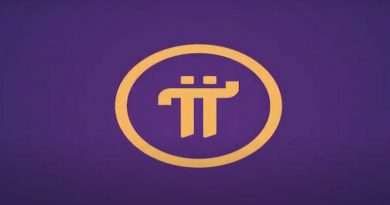The process to get Loan from Bank in the United States
Last Update: April 03, 2023
A mortgage is a loan obtained from a bank or other mortgage provider. Top Banks in the United States As of February 2014, there were 6,799 federally insured commercial banks in the United States, according to the US Federal Deposit Insurance Corporation, that allow a person to buy a house or property. While it is able to obtain a loan for the total cost of a property, it is more customary to obtain a loan for approximately 80 percent of the total worth of the house.
The amount of the loan must be returned over a period of time to the bank. The house that was acquired serves as a security deposit. Assets that can be touched Real assets are assets that have a tangible shape and are worth something. Property, plant, and equipment are the types of examples. The amount a person is loaned to buy a house is referred to as real assets.
Fixed-rate and customization also called variable rate, loans are the two most popular forms of mortgages.
Customers with secure payment have a fixed interest rate. Rates of Interest The amount charged by the bank to a client for any type of loan given, normally represented as a percentage of the basis, over a specified term of usually 15, 20, or 30 years is referred to as a cost of borrowing. The larger the monthly payment is with a fixed interest rate, the shorter the duration over which the borrower pays. The shorter the monthly payments amounts, on the other hand, the longer the lender needs to return. However, the longer it will take to pay back the loan, the more extra the borrower would have to pay.
The most significant benefit of a home loan is that the borrower can depend on the same monthly mortgage payment each month for the duration of the loan, making it easier to plan household finances and prevent any unforeseen extra charges from month to month. The lender does not require to make larger monthly payments even if marketplace rates rise dramatically.
Interest rates on tracker mortgages (ARMs) can – and usually do – vary over the term of the loan. Interest rates vary as market prices and other variables change, affecting the level of interest the borrower must pay and, as a result, the total monthly payment due. The interest rate on home mortgages is set to be examined and modified at defined intervals. The rate may be modified once a year or every 6 months, for example. The 5/1 ARM is among the most common conforming mortgages, with a set price for the first 5 years of the loan term and a yearly interest rate adjustment for the remaining of the loan’s life.
While adjustable-rate mortgages make it more difficult for borrowers to track their spending and set monthly budgets, they are popular because they often have lower starting interest rates than fixed-rate mortgages. Borrowers who believe their income will increase over time may opt for an ARM to secure a low fixed interest rate while they are still earning less.
Loan repayments are normally made on a monthly basis and are divided into four portions.




